Are you participating in a monthly Art Challenge? Is it Inktober?
In this article, I share tips to help keep your momentum and artwork consistent through the finish.
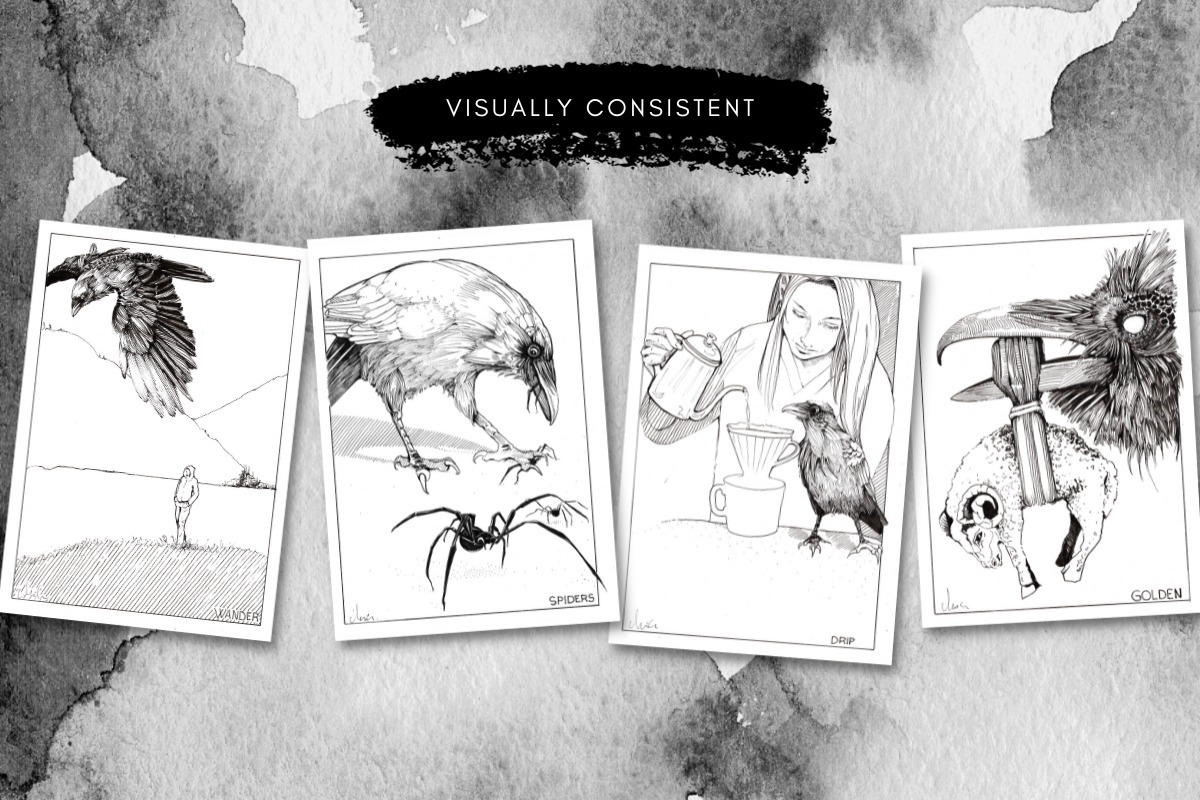
Disclosure: Please note that some of the links in this article are affiliate links and at no additional cost to you, I’ll earn a commission. You can read more about the Affiliate Disclosure on the Terms Page.
Why it’s a challenge to finish
Slightly past the halfway point, around day 17 of 31, is the tipping point.
That’s when things tend to fall off track.
You might notice a decline in your enthusiasm to draw every day.
Maybe your artwork looks inconsistent from prompt to prompt?
Some of you might even be considering abandoning your Art Challenge altogether…
What is special about Inktober?
Inktober is a pen and ink art challenge every day during October. It’s designed to encourage personal growth and it’s popularity attracts huge engagement from all levels of artists worldwide.
If you’re interested in knowing more, read this article on how to prepare for a strong finish.
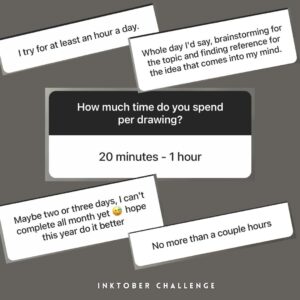

Compare yourself to yesterday
I asked in an Instagram poll how much time participants of Inktober intended to spend on their daily artwork. The poll revealed that this varied widely from 20 minutes to hours and days on one prompt.
The poll also spurred discussion on two other topics:
- how to keep the same level of effort into each piece daily, and;
- how some pieces appear to have taken more than 1-day’s worth of effort to create.
“How much time are artists actually spending on these ‘daily’ prompts?” “How is it possible to produce really outstanding art within a day, every day?”
I’ll address this second point first: epic-looking illustrations submitted as ‘daily prompts’ for this challenge.
The intent for sharing with the Inktober online community is that:
“It’s a way to receive feedback, support, and discover new talent.”
– The Inktober Team
To me, it’s a form of accountability.
I’m more likely to honour a commitment when I declare my intention publicly. Showing my work is concrete proof that I showed up every day, and did what I said I would.
Sharing isn’t just about putting myself out there, it’s also a chance to appreciate the hard work of others. Ideally, the sharing part of an Art Challenge is an uplifting experience.
If I start judging my skills against someone else’s because I rate their daily prompt as 100 times more awesome than mine (or I make excuses that theirs turned out better because I spent less time on mine comparatively) – I quickly reframe those unproductive thoughts.
I reframe by focusing on the facts. The facts are that even though we’re all working on the same challenge, our journeys, circumstances, and goals are probably different.
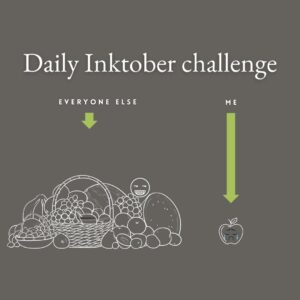
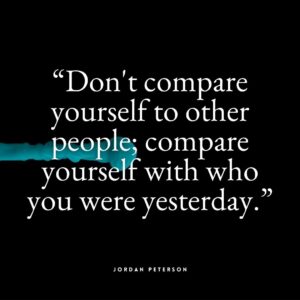
I can appreciate awesome art for what it is, gain motivation from it, and move on to the things that I can actually affect. Such as my vision and the actions I take toward achieving my goals.
This brings me to the other discussion point that was brought up:
“How to keep the same level of effort into each of our creations from day 01 to 31”?
Tips to stay on track
Did you set personal objectives for your art challenge? Are you on track with what you wanted to accomplish by doing this challenge?
If the answer is “no”, according to Dr. William Glasser’s ‘Choice Theory’ you have two options:
- You can change what you want, or;
- Change what you’re doing.
If it looks like we’re not going to hit the intended target, then mid-point is a good time to adjust our desired outcomes or the course of action.

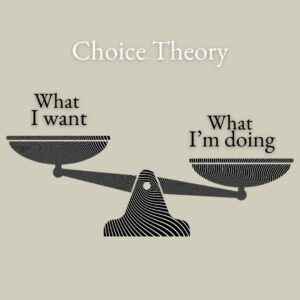
Desired outcomes: how you imagined your art would look like.
Course of action: what you are doing to create that art.
Let’s say, you imagined that each day you would create amazing pieces that you’re proud of.
We want amazing outcomes but there is a limitation: TIME.
The target of this 31-day challenge is to produce a piece of art that satisfies our expectations within 24 hours.
Going back to Dr Glasser’s advice, if we’re not satisfied, meaning there’s a mismatch between our aspirations versus reality, we can adjust either:
- Our standards – what we want our art to look like, or;
- The output – what we’re doing to create that art.
Here are simplified examples – to further reflect on those points:

If an epic masterpiece is ultimately what you want, then the one-day time limit is unrealistic for most people.
To make that happen, consider doing fewer prompts on fewer days, or prioritize the challenge as a top priority with minimal competing commitments.
Balanced artwork is somewhere in the middle between a masterpiece and a quick sketch. We aim to do our best within the external limitations (complete one drawing per day).
To make this happen, it is wise to follow a plan, be organized, and prepare in advance.
If you’re aiming for a quick sketchbook study, then this grants more flexibility, meaning you can wing it.
However, as insurance to maintain consistent habits, consider having enticing objectives, such as using the daily challenge to refine a skill, explore a style, or discover new favourite artists.
Steps of my process per prompt
What is my process for creating balanced artwork, for 31 consecutive days?
Read this Inktober Guide, for the full description of how I batch my process.
In a nutshell, I sketch seven thumbnails, then funnel those thumbnails to the next stages like in an assembly line. The stages are:
- research
- concept thumbnails
- pencil drawing
- ink application
- publishing posts on social media (including filming and editing video)
I dedicate 2.5 hours per prompt, which works out to 78 hours total for all 31 days. I publish daily but execute the bulk of the prompts in clusters of time throughout the week.
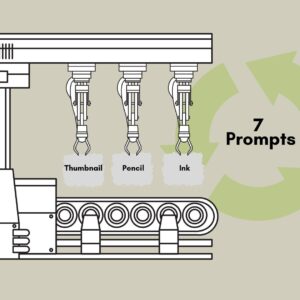
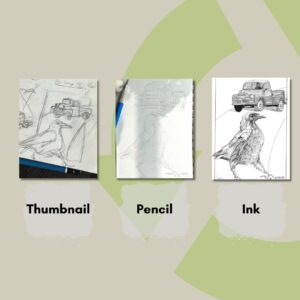
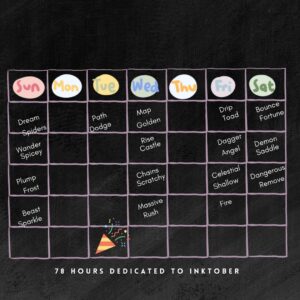
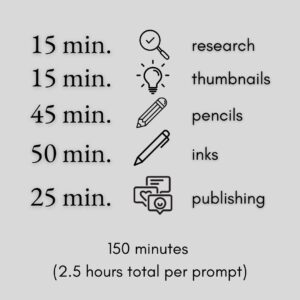
Like the majority of people, I aim to fit this challenge within life’s other responsibilities. Therefore, without organization, I would feel rushed.
By having a workflow, 100% of my attention is on the task while I’m working on it. At that moment, I’m in my creative zone.
Otherwise, I might get impatient for the piece to be done, and become careless. That’s when mistakes happen.
I prefer to avoid mistakes because there are fewer options to fix the final inks when working with traditional mediums.
For additional resources on that topic, you’ll find more in the resources section below.

Searching for references and ideas
If you’ve been following my work online so far (Instagram, Pinterest, YouTube), you know of my raven theme – which I prepared by gathering photo references in a folder.
When I know what I’m looking for, I search with Google for image references.
If I’m looking for ideas, Pinterest has such a sophisticated search engine, you can literally type in the prompt and you’ll not only get reference images but also ideas for concepts.
Another website I like for browsing ideas is PixaBay. A lot of the images on PixaBay are royalty-free, which is great if you plan to use those references in the future for commercial purposes (selling your artwork).
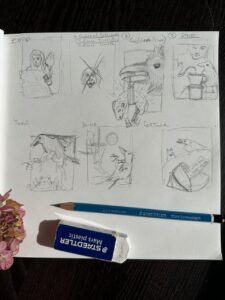
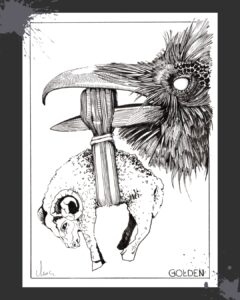
Once references are gathered, I sketch a thumbnail to determine the composition and proportions of the elements on the picture plane. Sometimes the reference doesn’t work for me.
For example, the “golden” prompt. First, I searched for treasure trunks filled with gold, but when I typed “gold”, the results showed golden retrievers. I figured cute golden retrievers would be highly popular, and resumed my search for something else. Then I found an incredible golden fleece jewel, a treasure that would fit perfectly in a raven’s beak.
Because I’m drawing from reference and not from imagination, the penciling stage goes rather quickly. I sketch light contour lines as boundaries for where the ink will go, and consider that stage done.
For the ink application, I start with the forefront of the picture plane. Thicker lines are used for the elements that are closest to the viewer. I vary the line weights to create volume and atmospheric perspective.
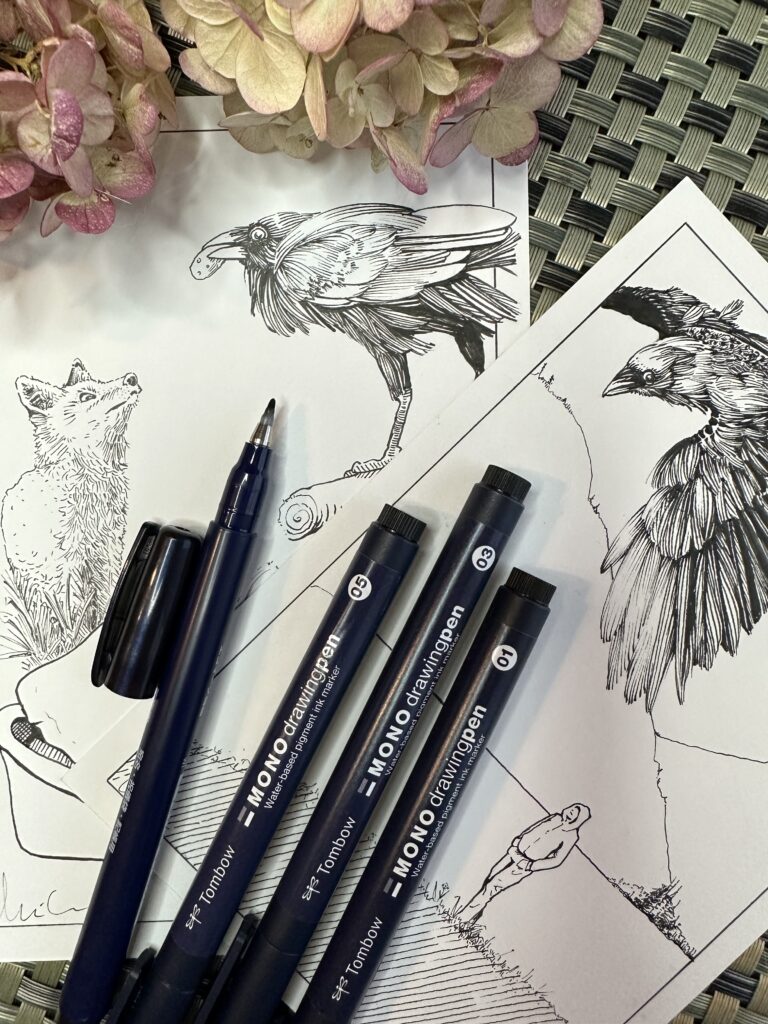
My approach for a cohesive look
As mentioned, my approach to keeping my pieces visually consistent is an equal amount of time per piece. As well it helps to:
- Keep to one theme and one prompt per composition, or just one prompt
- Concentrate details on one key element (for me, it’s on the raven)
- Use minimal backgrounds and/or a border to establish the scene
- The same line angles for cast shadows and line treatment throughout
- A similar range of values, balanced from white to black without excessive solids or textures
I have a tendency to overrender my illustrations. Therefore, for personal growth, I aim to keep the drawing simple with sparse details.
So that’s the summary of my process to keep momentum and my artwork looking fairly consistent through to the end.
If you are on track with your daily drawing challenge, share in the comments how you resolved some of the common issues or your tips to stay on track to the very end.
If you had never heard of Inktober before I hope this sparks your imagination to give it a try!
Disclosure: Please note that some of the links in this article are affiliate links and at no additional cost to you, I’ll earn a commission. More about the Affiliate Disclosure on the Terms Page.
Resources
The Ultimate Checklist Worksheets for Art Challenges
Frequently Asked Questions (FAQ) and more tools
Choice Theory by William Glasser, M.D. (Book)
My Inktober supplies and materials
- Staedtler Mars Lumograph Art Drawing Pencil Set
- Staedtler Mars Technico lead holder
- Staedtler Mars plastic eraser
- Staedtler Mars plastic stick eraser
- Faber-Castell Kneaded Eraser
- Tombow mono drawing water-based ink markers – box set
- Speedball Art 8×8/60lb Flexi-Sketch pad
- Strathmore 300 Bristol smooth paper 9×12 – cut to 5x7inch sheets for this project
- The Tombow Fudenosuke brush pen is ideal for filling in solids, and for drawing thicker lines. The firm yet flexible tip allows for varying line weights with light pressure.

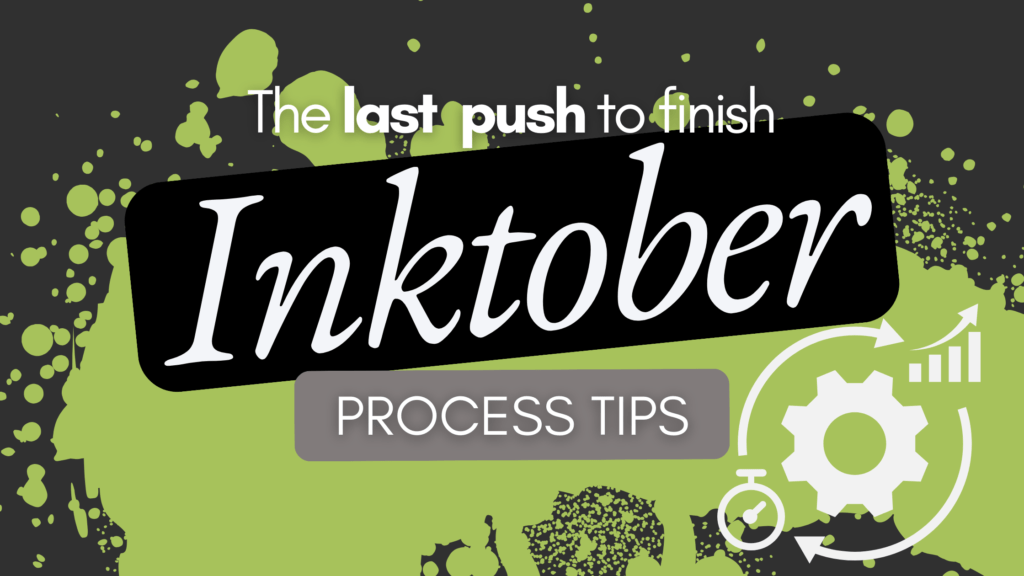


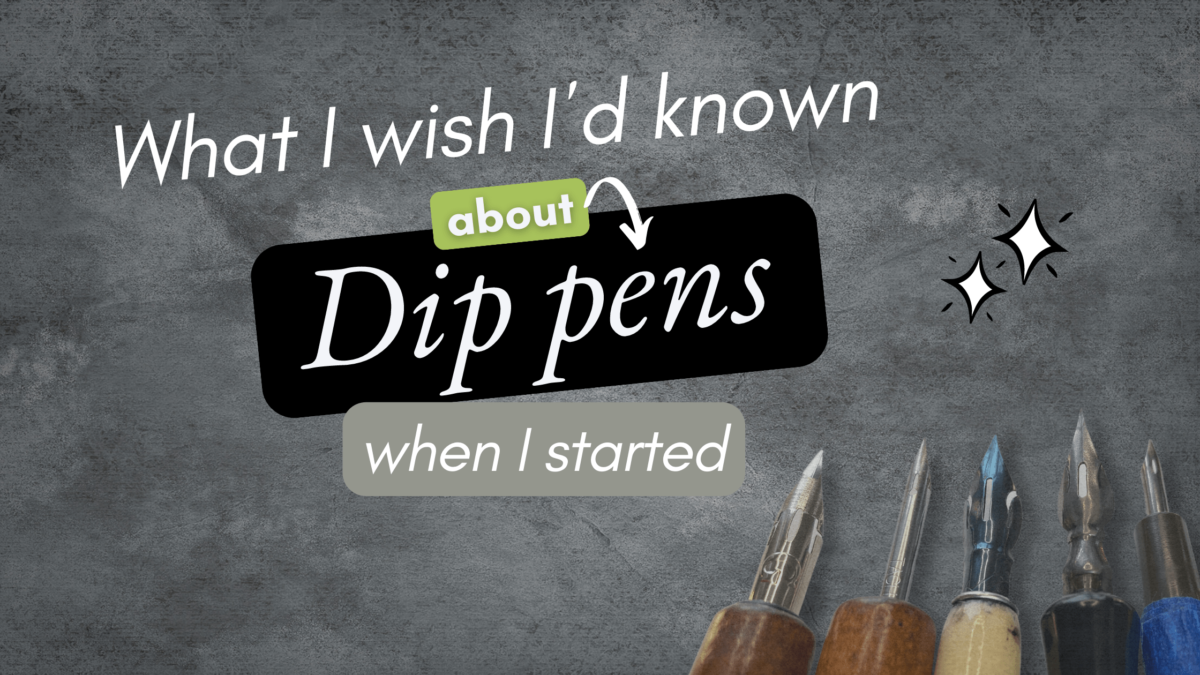


Thanks for tips
i too am confined all the cool people showing their tips and techniques too. I’m loving inktober!
Thank you Dave, glad that you’re enjoying Inktober!
This was amazing. I planned a theme for every week and streamlined my process with your advice and for the first time ever, I finished the whole Inktober. And I’m really happy with my pieces – they look finished even with minimal colour! Thank you so much!
That’s fantastic! I’m really happy to hear about your successful Inktober Challenge and that my resources played a part in it. I wish you all the best with your future art goals!